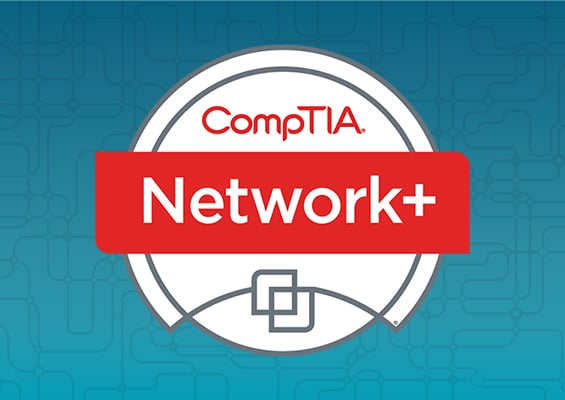Prepare for the CompTIA A+ certification 220-1101 and 220 1102.
CompTIA’s A+ certification is the industry standard for validating the foundational skills needed by today’s computer support technicians and is included in the approved list of certifications to meet DoD Directive 8570.1 requirements. This international vendor-neutral certification requires that you pass two exams: CompTIA A+ Essentials Exam 220-1101 and Practical Application Exam 220-1102.
In this course that’s focused on CompTIA A+ certification exam preparation, you’ll gain the needed knowledge of basic computer hardware and operating systems. You will cover the essential principles of installing, building, upgrading, repairing, configuring, troubleshooting, optimizing, and preventative maintenance on desktop and laptop computers. You will also learn elements of customer service and communication skills necessary to work with clients. Instructor-led practice exams and quizzes help reinforce course concepts and exam readiness.
Our official A+ Prep Course courseware has received CompTIA Authorized Quality Curriculum (CAQC) approval. The CompTIA CAQC symbol assures you that all test objectives are covered in the training material.
This full-service test preparation course includes:
The Official CompTIA A+ study guide
A+ pre- and post-assessment test questions
Comprehension exercises and study digest
Vouchers for each A+ exams
A+ Practice Exams
This course supports a certification that is a DoD Approved 8570 Baseline Certification and meets DoD 8140/8570 training requirements.
The CompTIA A+ On-Demand course is now part of Polaris Accelerate.


